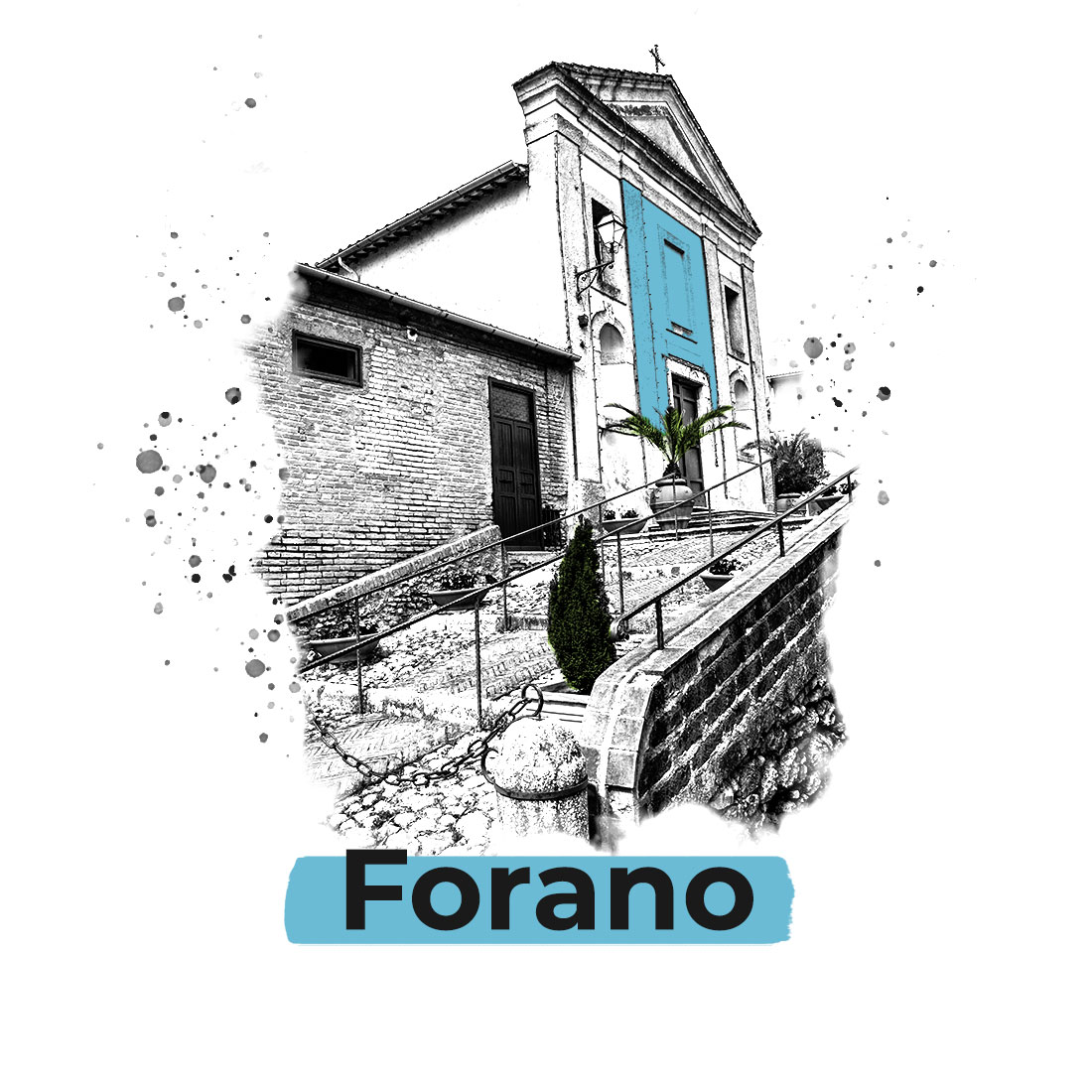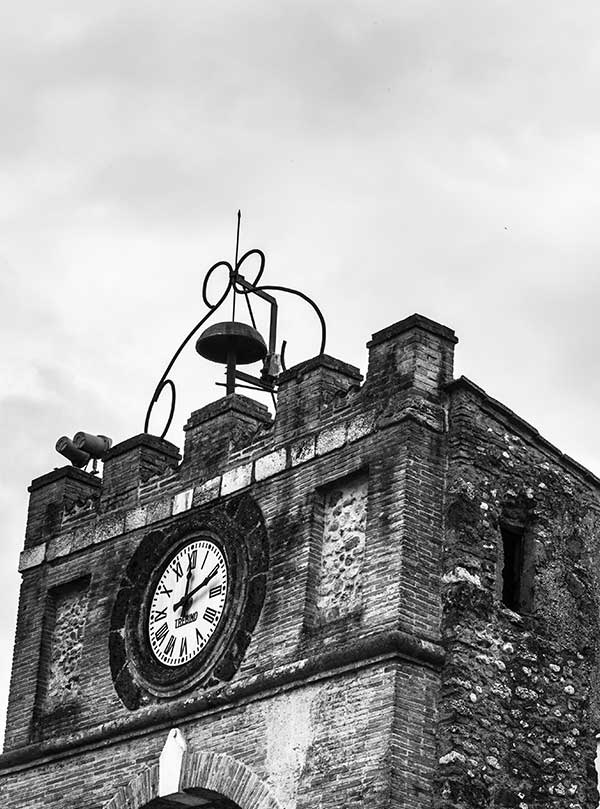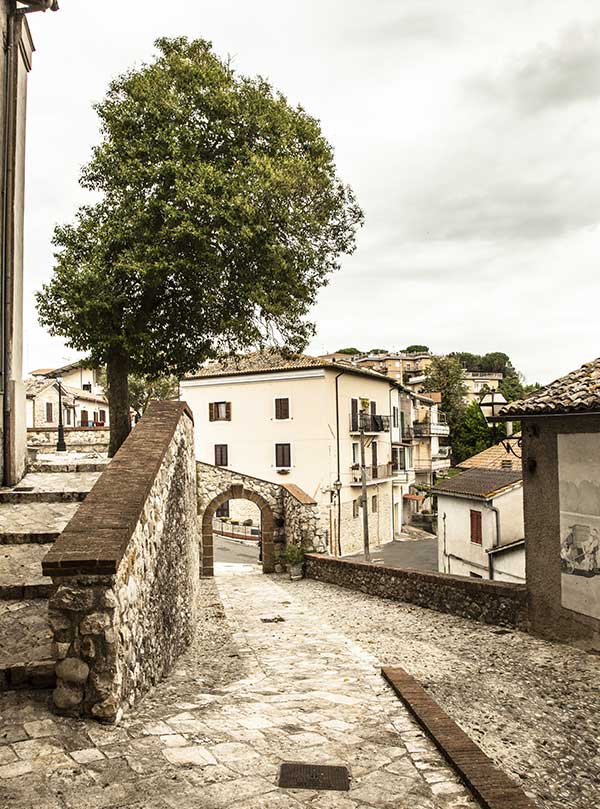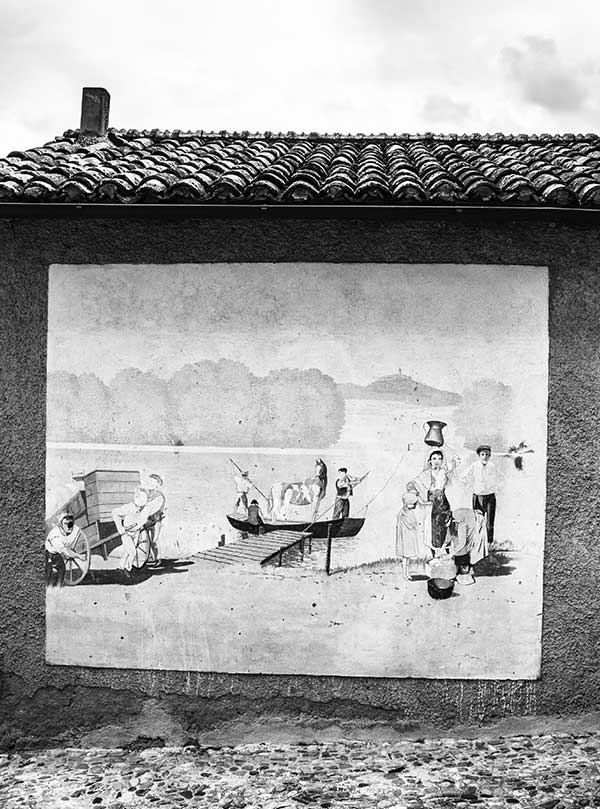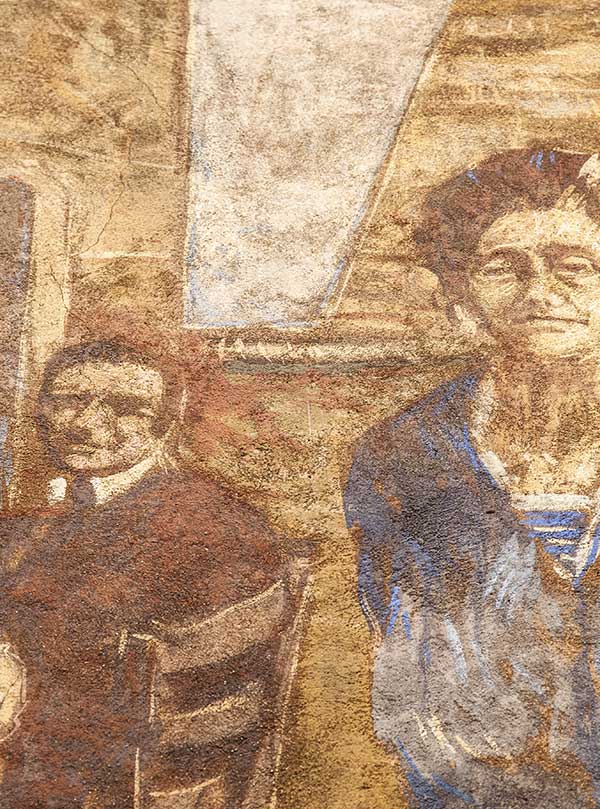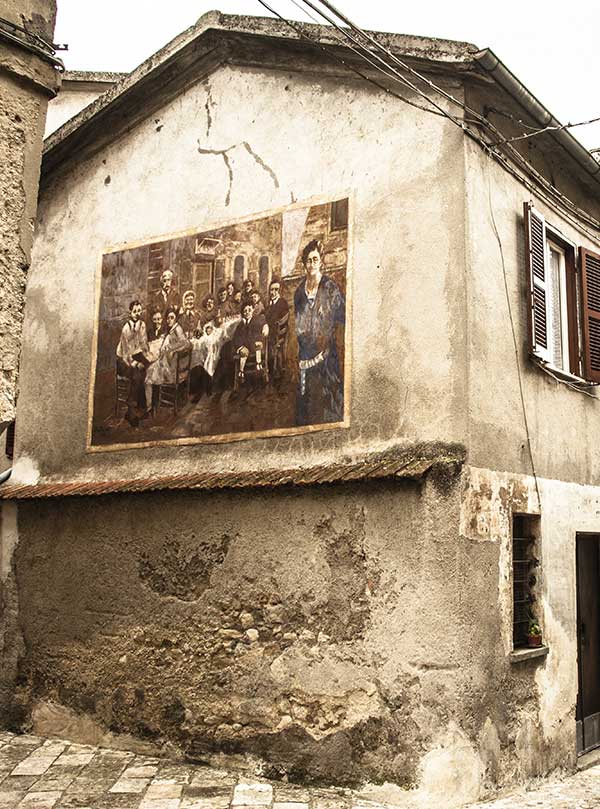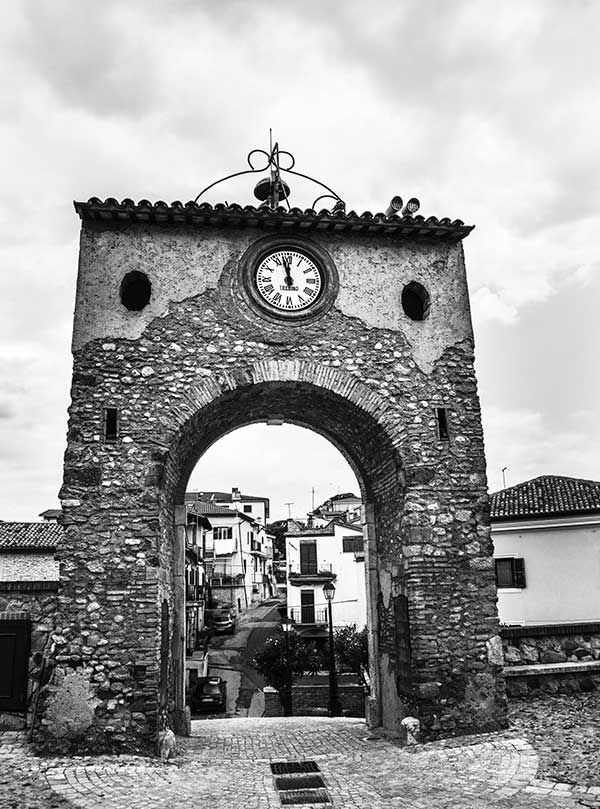Gavignano Sabino is one of the hamlets of the Municipality of Forano from which it is about three km away. The small village certainly deserves a stop to admire the enchanting landscape now projected on the Sabine Mountains
The village of Gavignano

Position
Gavignano Sabino
02044 Forano (RI)

Opening hours
always open

Contacts
Tel.
Mail:
Gavignano Sabino is one of the hamlets of the Municipality of Forano from which it is about three km away. The small village certainly deserves a stop to admire the enchanting landscape now projected on the Sabine Mountains, now on Monte Soratte, now on the bends of the Tiber river. According to some, it was built in the place where the baths that belonged, in Roman times, to the Gens Gabinia stood and its name derives from the consul Gabiniano. To confirm this statement, traces of walls in work reticulated with blocks of local stone, the remains of the nymphaeum found under the parish church, as well as the numerous ruins still visible in the area are still visible downstream from the square.
The first written records of Gavignano date back to the year 747 and refer to a farmhouse inhabited by “Lombard people”. Of medieval Gabiniano we have news from the Farfense Regesto only in 1098 when a Castrum Gabiniani was mentioned for the first time. The fortress, home of the lord and refuge for the population in case of danger, stood on the area now occupied by Palazzo Pellegrini.
The castle was surrounded by walls interrupted only by two access gates: the largest located to the north, towards the hills, and the other to the south, towards the Tiber plain. Over time they became a useless defense system, walls and towers were demolished or modified and often incorporated into the most modern buildings. Over the centuries, there were many who succeeded each other in possession of the Castle: the Abbey of Farfa, the Orsini, the Cesi, the Vaini, the Simonettis, the Pellegrini and finally the De Somma who kept various properties until the 1950s.
In 1816, following the reform of Pius VII, Gavignano became a fraction of the Municipality of Forano. Currently, in the town, two residential areas can be distinguished: Gavignano Basso, developed near the railway station and Gavignano Alto, where it is possible to admire the Parish Church dedicated to the Assumption and the fifteenth-century arch with the civic clock which, today as once, it marks the hours of this splendid village.
CURIOSITY
THE MEDIEVAL ARCH
The arch at the entrance to the town testifies to the medieval origins of Gavignano (10th century).
Originally, the ancient fortress was protected by a row of high and mighty walls interrupted by two access doors. The minor or door was located on the southern side of the walls and therefore faced the Tiber plain; no wall remains of this entrance, probably because it was incorporated into the new buildings during the adaptation and transformation of the fortress into a ducal palace.
What we can still admire instead is the arch of the main gate, once placed to protect the northern walls and strengthened by the presence of a defense tower. In the eighteenth century, having now lost their defensive role, the surrounding walls in front of the parish church were lowered, only to be finally demolished in the 1950s together with the ancient tower which had already been previously reduced and adapted to a private residence.
The square, as well as the door dominated by the clock and the hour bells, was restored in 1993 based on a project by the architect Ezio Scattolini.





